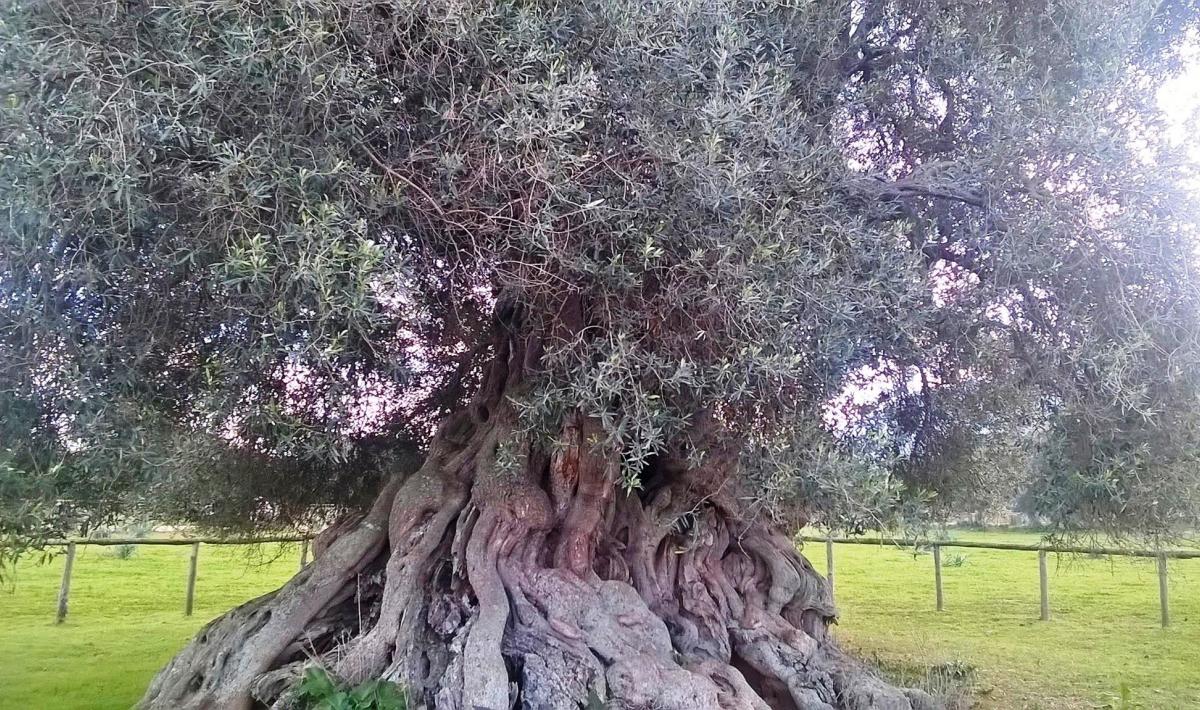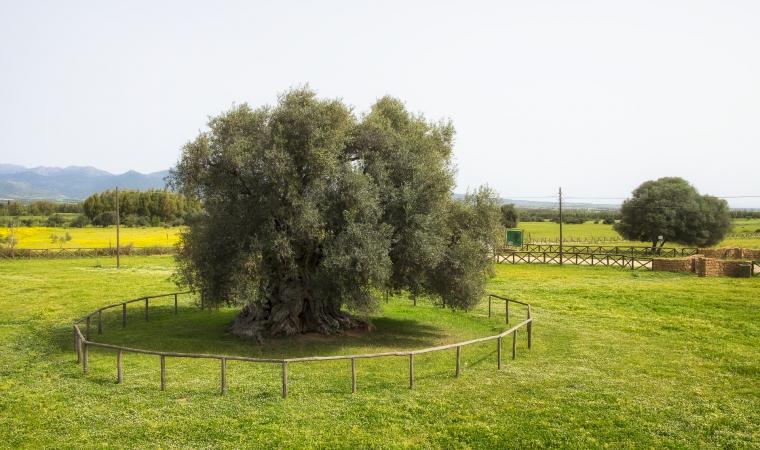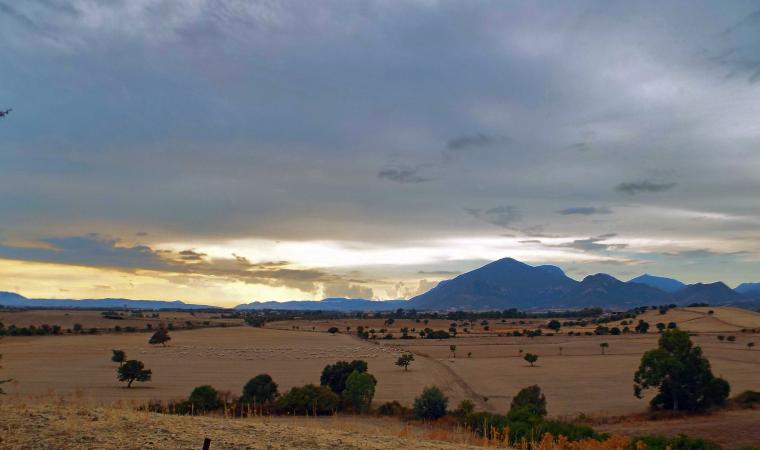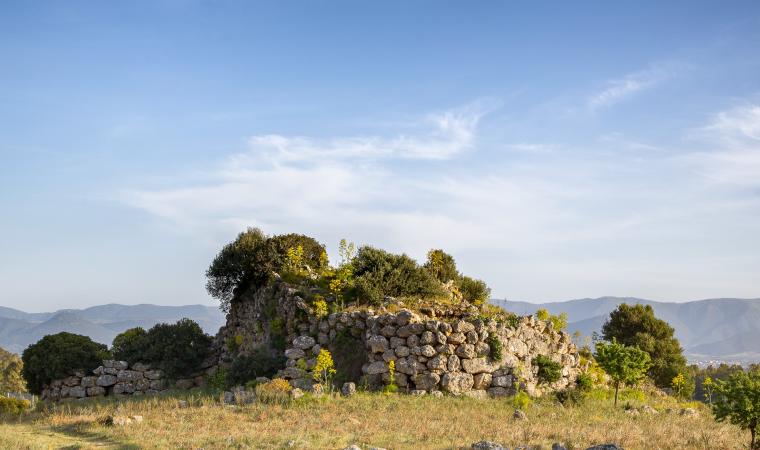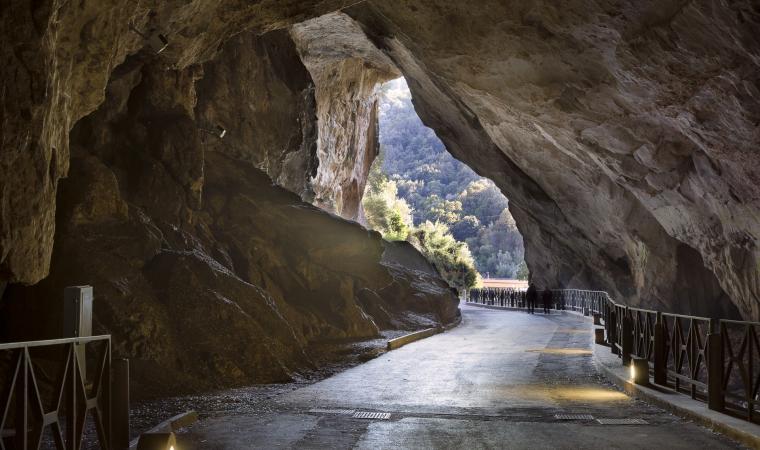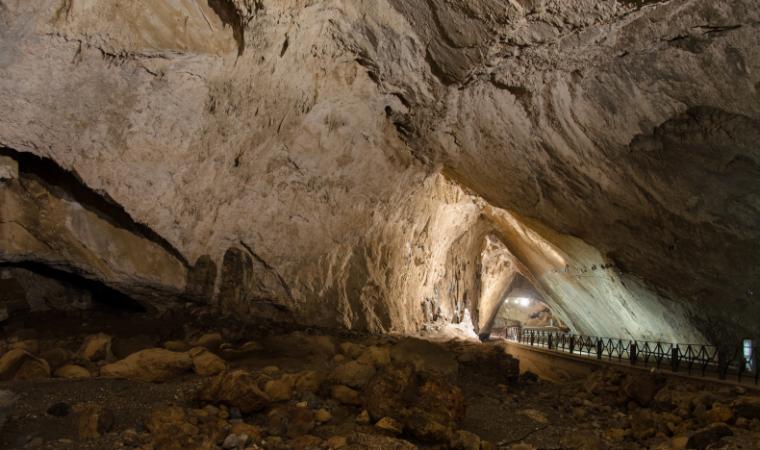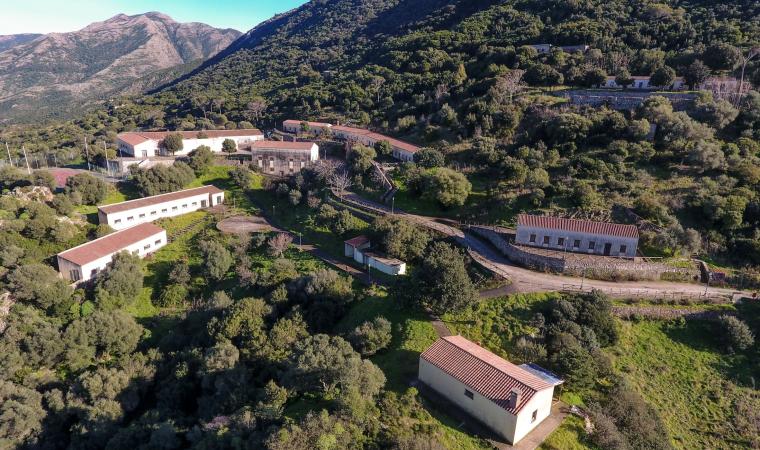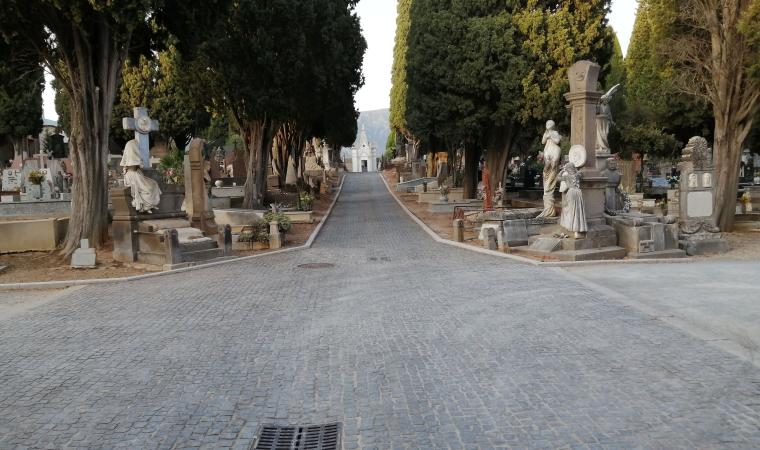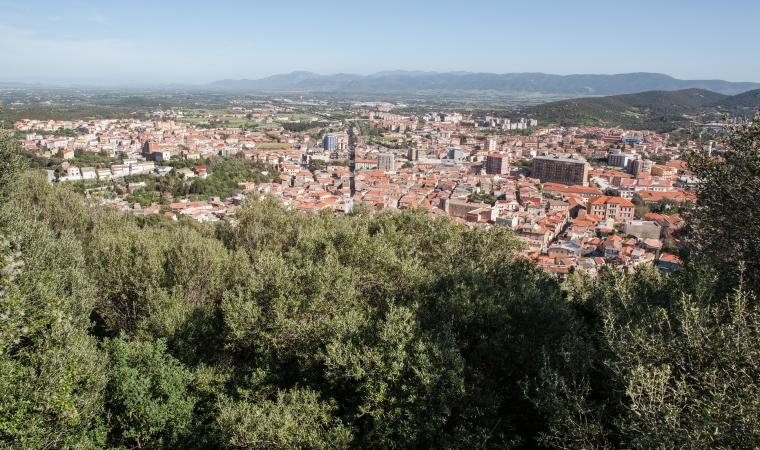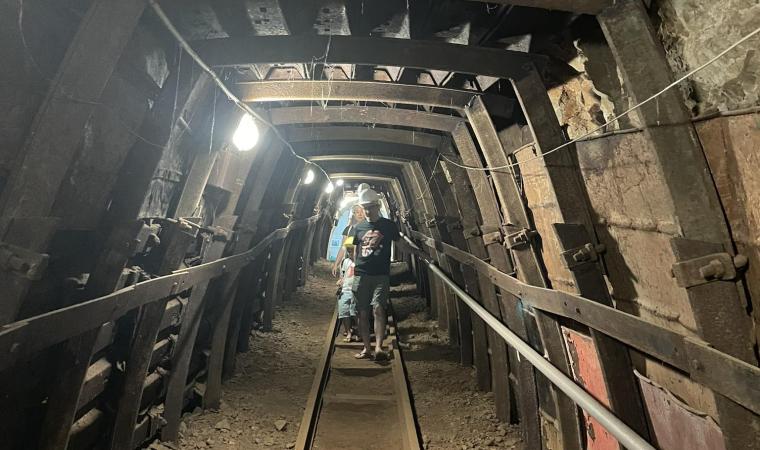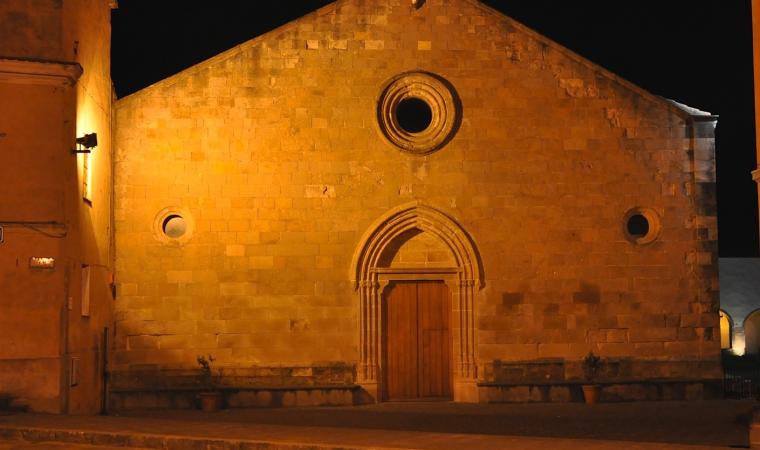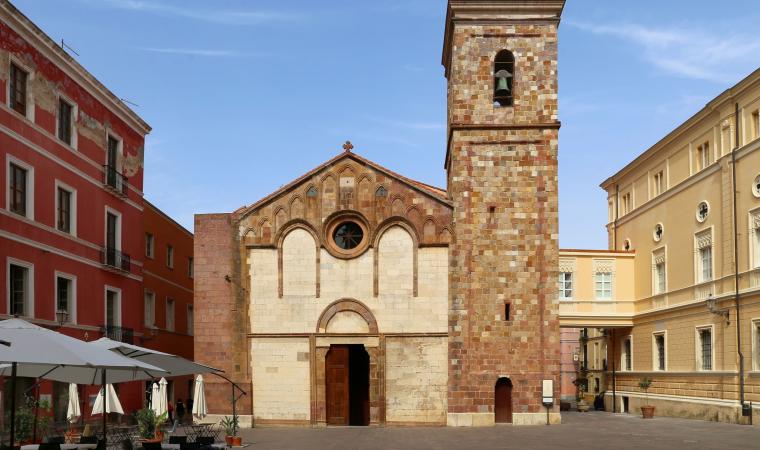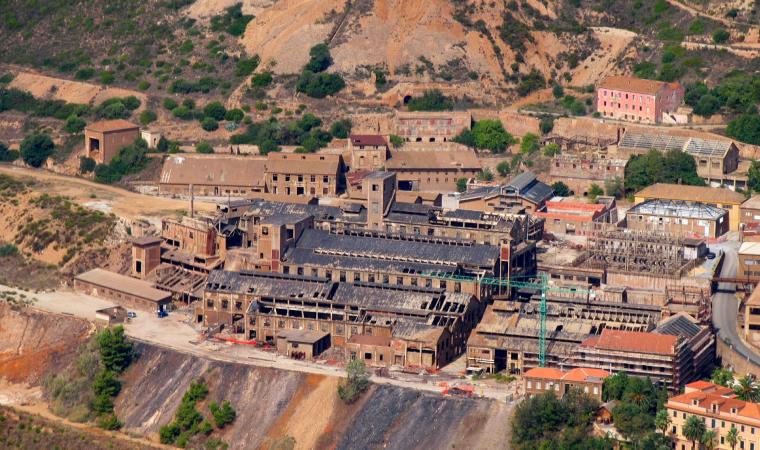A woods of olive trees planted between the 14th and 17th centuries, trees with majestic, twisting, gnarly trunks protected by a lush green canopy of leaves. S’Ortu mannu means ‘great orchard’ and is a nature oasis covering some 13 hectares (originally it measured 500 hectares). It lies at the feet of mount Exi, at the top of which are the remains of the Gioiosa Guardia castle, built between the 12th and 13th centuries at the behest of the Della Gherardesca counts, and lies circa 3 km from the town of Villamassargia. The park, so designated in 2001, is home to 700 centuries-old monumental olive trees that were planted in the Middle Ages, when Benedictine monks first put the roots of the first grove into the ground. Legend has it that the Pisans encouraged the locals to graft more trees, which they, the locals, would then own. Whether this is true or not, the grove counts many trees which, until recently, were the property of individual citizens. When the town took over s’Ortu mannu, each of these trees was entrusted to the family of the original owner. Almost every family in Villamassargia tends to a tree in this oasis, proof of the strong ties the population has with its land, important ties handed down through the generations.
At the centre of the park, encircled by a fence, stands the majestic, solemn matriarch of s’Ortu, the queen of the grove, sa Reina (the queen), as she is called. This natural monument is about 900 years old and is enormous, perhaps the largest in all of the Mediterranean, boasting a circumference of 16 metres. Its bark is a masterpiece crafted by Mother nature, a work of art made of woody knots and woven twists. When you stand next to her, you can feel the life force that runs between the tangled roots and trunk. As you walk through the ancient grove – perhaps during the yearly Walk among the Olive Trees event – you’ll admire naturally sculpted art in a place that has weathered thousands of years.
The park is the perfect place to enjoy the magnificence of nature and hosts a variety of cultural and gastronomic events. In summer there are plays and concerts, in late October is the Olive Festival, a great time to sample the fine extra virgin oil produced by the olive presses of Villamassargia. Aside from the tradition of oil production, Iglesiente’s centre also boasts other gastronomic specialities – cheese, bread, sweets – as well as the tradition of textile manufacturing: several artisanal workshops in town still produce carpets, arras and household linens. The town benefitted from the mining boom in Sulcis. One example of industrial archaeology is the Orbai mine, mined since Roman times when they extracted lead and zinc. Don’t miss a visit to the parish church of the Madonna della Neve in the historical centre of town. It was originally built in the 12th century and was then redone with Gothic-Catalan elements. The church of Nostra Signora del Pilar, built in 1318, has a Romanesque façade and is also worth a visit.

